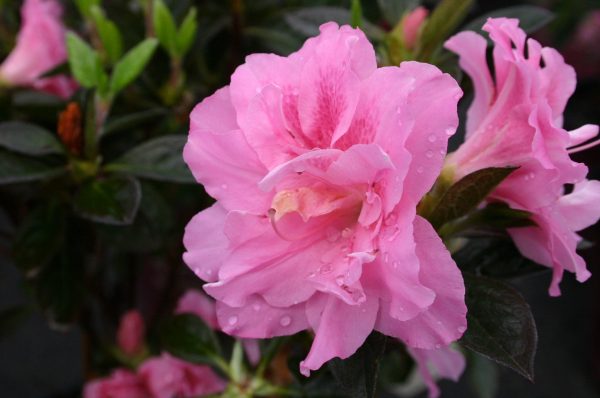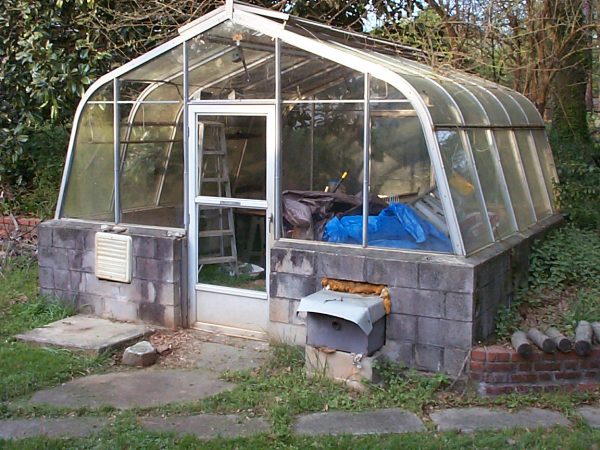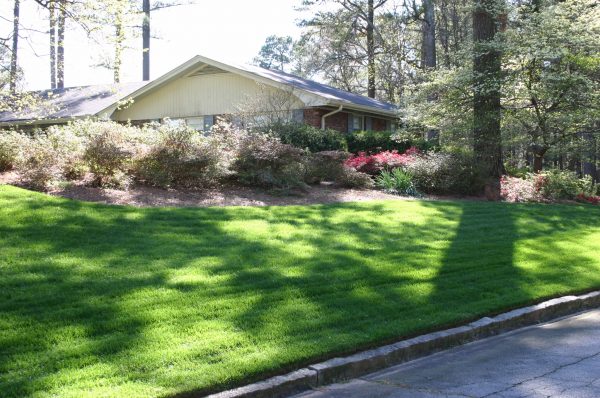What to Do After the Easter 2007 Freeze

An extremely warm March in 2007 was followed by a two-day dip to 27 degrees on April 6 & 7.
Many plants had made substantial new growth before the cold snap.
After the cold, many shrubs and trees, including crapemyrtle, Japanese maple, butterfly bush, hydrangea, loropetalum, canna and even ‘Burford’ holly had frozen leaves.
Here’s what do do with them:
Crapemyrtle and butterfly bush flower on new growth (twigs that grow after March). If leaves were frozen, the plant will simply let them fall and will put out new leaves within the next few weeks. No need to prune unless you see dead stems in mid-May.
Loropetalum, ‘Burford’ holly, azalea: prune out dead foliage as needed.
The common “mop-head” hydrangea flowers on twigs that grew last fall. Many plants had already pushed out new growth and even small flower heads. The hydrangea branch tips that show cold damage will likely not flower this year… but limbs closer to the ground that show no damage may well produce flowers in June. Look for flower heads on branch tips in late April. Decide then if you care to remove stems that do not have flowers. ‘Endless Summer’ will flower, but a bit later than normal.
Tomato, impatiens, geranium and other tender annuals that were frozen: kiss ’em goodbye!
Hosta does not replace leaves that are removed after the first flush of spring. Scissor off all dead parts but leave as much healthy leaf surface on the plant as you can.
Fig, pecan, blueberry: your guess is as good as mine – it all depends on how cold the flowers got and whether they were pollinated before the freeze. Wait to prune until you are sure of the damage.
Red maple, tulip poplar, and other shrubs and trees: most woody plants will produce leaves by mid-May. Prune out dead twigs then.
Japanese maple may show a few dead twigs but these can be removed when you are sure they are dead later this season. Wait until late May to prune – some Japanese maples will be very slow to produce new leaves.
Bermudagrass, zoysiagrass, centipedegrass lawns may have patches of dead sod in June. Warm-season grasses began turning green much earlier than normal this spring. The green-up depleted their carbohydrate reserves. The cold weather shocked the grasses back into dormancy; now they have fewer reserves to send out new shoots. Sod laid in winter has hardly any deep roots in which to store carbohydrates. Keep new sod slightly moist (not soggy) until June.
Do not fertilize damaged warm season grasses until late May. Extra fertilizer won’t help the grass recover.
If dead patches are seen, not much to do about it other than plug healthy divots of grass into the dead areas and let it grow and cover them.
freeze damage to hydrangea leaves
freeze damage to hydrangea flower bud
freeze damage to crapemyrtle
freeze damage to loropetalum
freeze damage to fig
freeze damage to butterfly bush
















